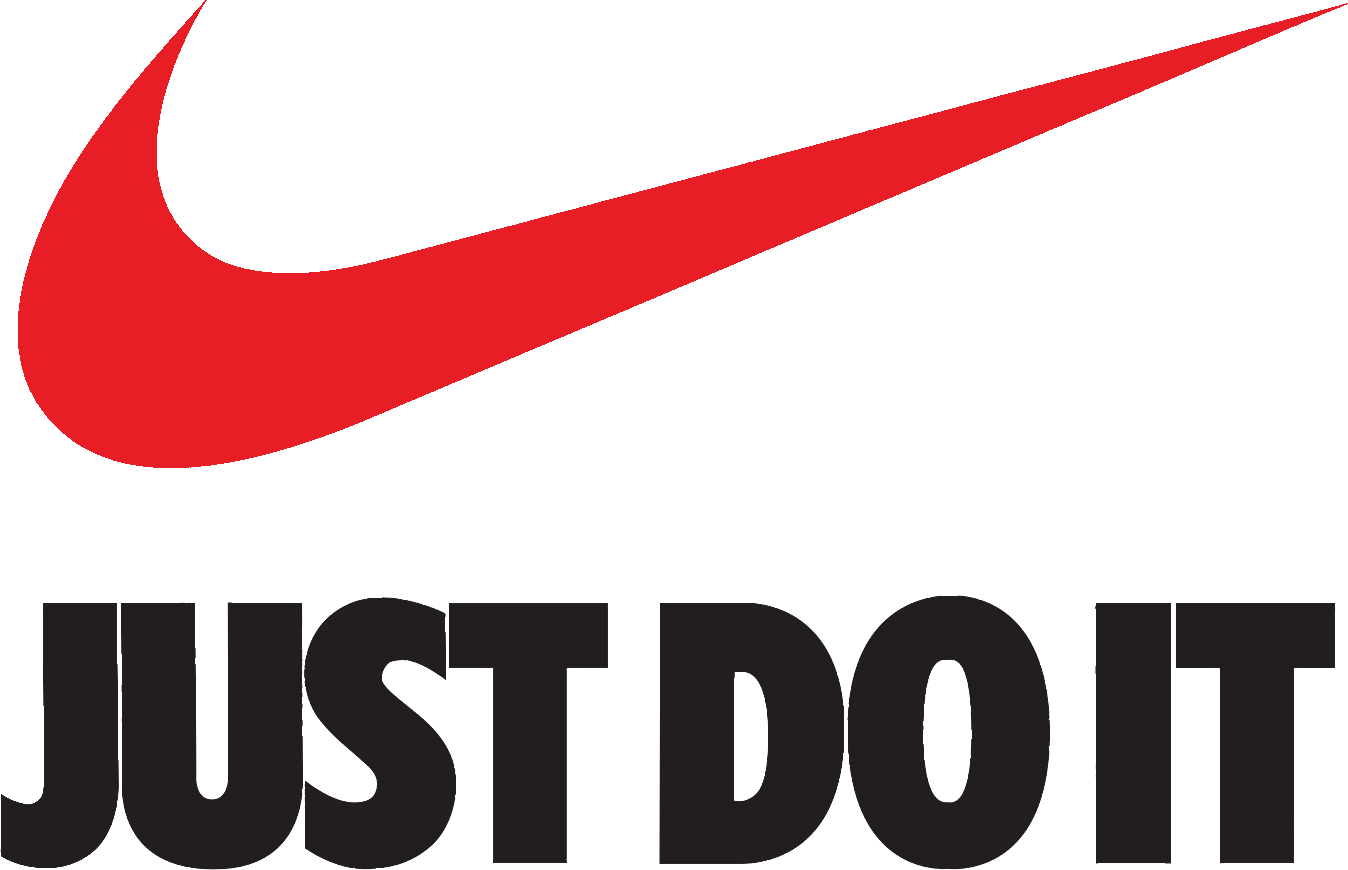Content Marketing: 6 Steps To Help You Get Started
Ask any successful marketer and they’ll tell you that content marketing is essential to creating a marketing strategy in 2022.
.jpg?width=1200&height=628&name=Blog%20Featured%20Images%20(4).jpg)
Your brand is more than just a logo on a shirt. It’s the relationship between your business and your target audience. Simply put, your brand is your reputation.
Whether you are starting from scratch or updating your current brand, it is imperative that you take your time and be meticulous about every aspect of your brand. Regardless of what you do, one thing is certain. If you want to be successful in business, creating a strong brand is the most important foundational task.
In this article we will be going over the 4 simple steps to building a brand from the ground up.
The objective of a good brand is to influence the way people perceive your company in three important ways.
Now let’s dive in to the 4 steps in creating a brand.
Marketing is useless if you don’t know who you are trying to reach. You can make a lot of noise with a bullhorn, but if everyone on the street is hearing impaired, you’d get much better results with a light show.
You must start with understanding your target audience so you can build your preferred client base. This is accomplished by researching factors like, age, gender, location, income, motivations, buying habits, ect.
The understanding of your target audience is the most important step in building your brand, as it will inform what your brand should focus on and how to position itself apart in from competitors.
Now that you understand who you want to reach it’s important to distinguish what sets you apart from the competition. This can be accomplished by building a positioning statement.
We offer [PRODUCT/SERVICE] for [TARGET AUDIENCE] to [VALUE PROPOSITION]. Unlike
[COMPETITION], we [KEY DIFFERENTIATOR].
Your value proposition is simple statement that summarizes why a customer would choose your product or service.
Your key differentiator is the distinct and unique value that sets you apart from the competition in the market.
Once you have your value proposition and key differentiator figured out try to distill them down to a simple tagline.
A tagline is a brief phrase that captures what your brand is all about.
SAVAGE TIPS FOR CREATING YOUR TAGLINE
Now that you have your target market and brand positioning figured out it’s time to build out your brand guidelines.
The brand guidelines for your company is the story framework that is used by all by all internal and external entities to maintain consistency in everything your business projects and creates.
Brand guidelines consist of a company name, logo, typography, and color scheme.
COMPANY NAME
Every good story has a main character that resonates with their audience. The main character of your brand guidelines is the name of your company.
SAVAGE TIPS FOR NAMING YOUR COMPANY
When Apple created the name of their company, they wanted to be inviting to their target audience, i.e. first time personal computer buyers in the late 70’s. Back then personal computers were a foreign object that were intimidating for first time buyers. In order to overcome the objections of their target audience they chose a name that was extremely familiar and unintimidating to buy. And there is nothing more familiar and unintimidating to buy than an apple.
Once you have decided on a name then it’s time to create a logo.
COMPANY LOGO
Think of a logo like the clothing your main character would wear in the story.
SAVAGE TIPS FOR CREATING A LOGO

The Nike’s “swoosh” is one of the most famous logos in the world. It a simple design that represents motion and speed.

The negative space between the “E” and “X” forms a white arrow pointing to the right, as a reflection of the company’s purpose, which is movement and progress. Just like the silences in music are as important as the notes, the negative space in graphic design is as functional as the positive elements.
Now you have a main character with that is outfitted with some sick drip it’s time to decide how the main character talks. This means deciding on the typography of your brand.
TYPOGRAPHY
The typography of your brand is the family of fonts that define your brand’s personality and captures your brand’s message. These elements play a crucial role in setting your brand apart from others and creates recognition in the mind of your consumers.
Once you have selected your typography be sure to use it consistently across all marketing channels and collateral.
The last thing you need to do is give your main character his temperament. This is achieved by selecting the right color scheme for your brand. Typically, there will be 1-3 primary colors and 2-4 secondary colors that will comprise your brand color scheme.
Primary colors help consumers quickly identify a brand. These are the core colors of the brand and are usually incorporated into the company logo.
Secondary colors highlight and compliment the primary colors. They provide flexibility and variety in your design. They are often used as accent colors for the website, on social media, and packaging but should be used far less than the primary colors.
By assigning a color palette you’re subconsciously creating psychological connections with your audience. Researching things like color theory and color psychology will help you understand what colors generate the precise emotion you are trying to achieve with your brand.
If your brand is trying to convey strength you may want to lean into the colors like red and black, if your brand is trying to convey professionalism you may want to lean into different hues of blue.
Now that you’ve built your brand it’s time to share it. Everything that is associated with your business should be created using your brand guidelines; from your website, to social posts, packaging, ect.
Make your newly created brand guidelines easily available to all your internal employees and external vendors in order to maintain consistency across everything that you do.
Consistency is crucial when developing a strong brand. The more consistent you can be with your brand identity online and offline, the more familiar your company will feel to your audience.
CONCLUSION
A consistent and well thought out brand is the foundation for any business that wants to be successful.

Ask any successful marketer and they’ll tell you that content marketing is essential to creating a marketing strategy in 2022.
%20(1200%20%C3%97%20628%20px)%20(1)-1.jpg)
When businesses establish their brand, it brings a sense of legitimacy and professionalism. This was exactly what Savage Media experienced when they...
%20(500%20%C3%97%20500%20px)%20(1200%20%C3%97%20628%20px)%20(2).jpg)
In today's competitive business landscape, understanding and catering to the needs of your customers is crucial for the success of your brand. As a...